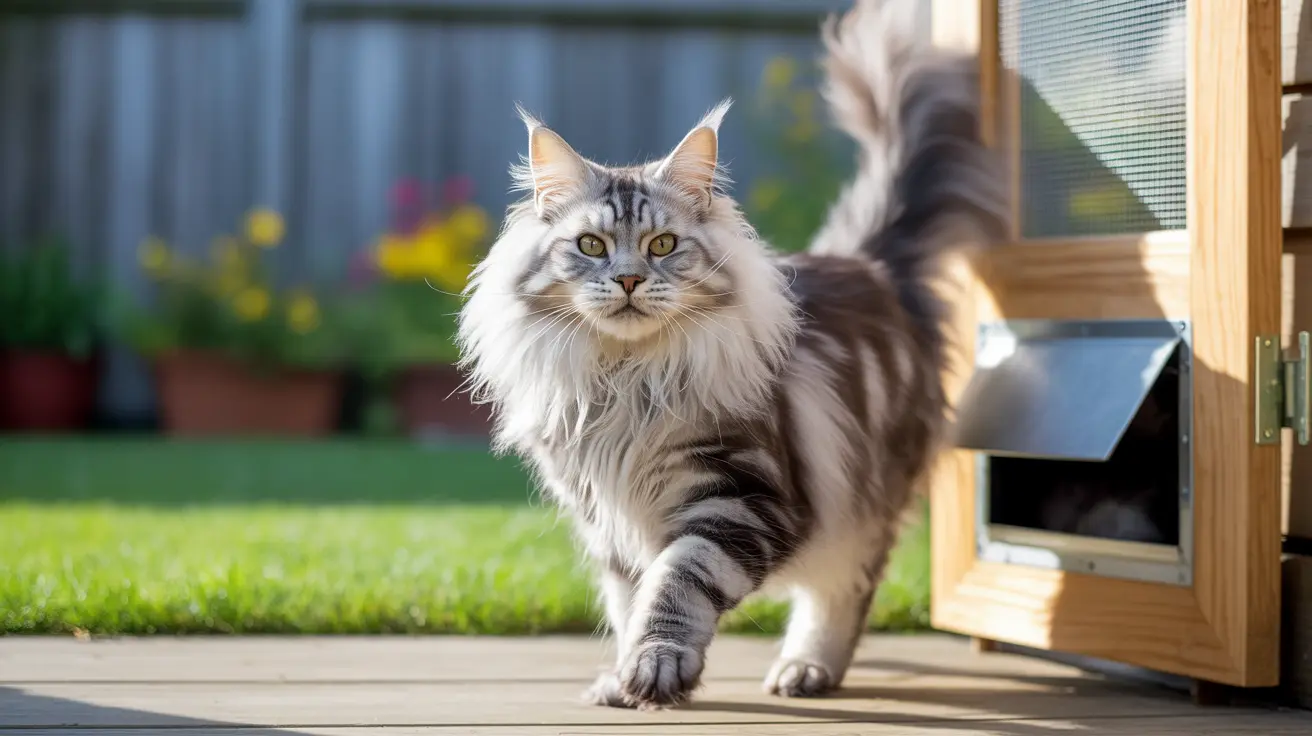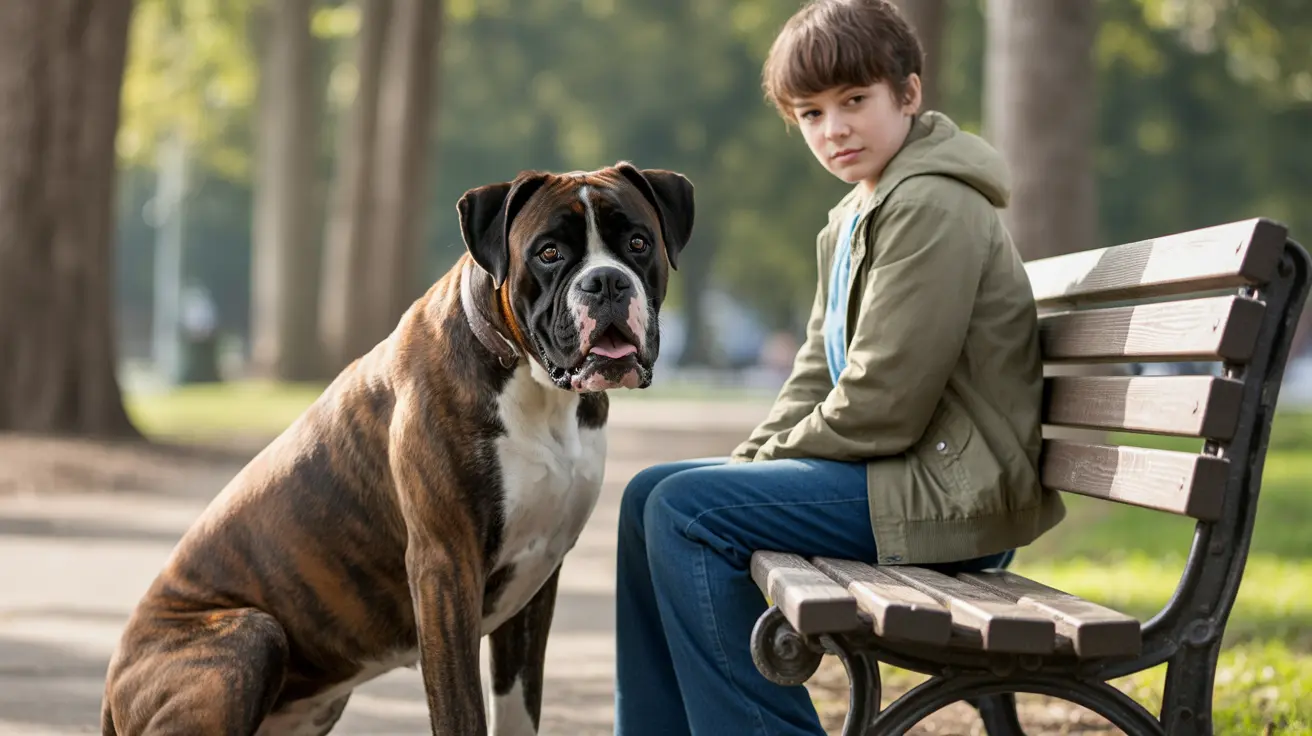Exploring the Evolutionary Connection Between Dogs and Bears
Although dogs and bears may look quite different, they share a surprising evolutionary lineage. Both are members of the order Carnivora and, more specifically, the suborder Caniformia, which classifies them as "dog-like" carnivorans. This shared ancestry sets them apart from "cat-like" carnivorans in the suborder Feliformia, which includes cats, hyenas, and mongooses.
Understanding Caniformia: The Dog-Like Carnivores
Caniformia includes a wide variety of families, all of which share certain anatomical and behavioral traits. These include:
- Bears (Ursidae)
- Dogs, wolves, foxes (Canidae)
- Seals, sea lions, walruses (Pinnipeds)
- Weasels, otters, badgers (Mustelidae)
- Raccoons (Procyonidae)
- Skunks (Mephitidae)
- Red pandas (Ailuridae)
These animals generally exhibit plantigrade posture (walking with their soles flat on the ground), nonretractile claws, and a tendency toward omnivorous or generalist diets. Caniforms also typically have longer jaws and more teeth than their feliform counterparts, with less specialized carnassial teeth.
Fossils and Genetics: Tracing Their Shared Ancestry
Molecular and fossil evidence points to a common ancestor between bears and dogs dating back some 38 to 50 million years ago, in the Eocene epoch. The earliest caniforms were small, marten-like mammals that lived in forested environments. Over time, these early creatures diversified to accommodate a range of ecological niches, giving rise to the families we see today.
Interestingly, although dogs (Canidae) were one of the first groups to diverge, bears (Ursidae) became more closely associated with families like mustelids and pinnipeds. This divergence illustrates the complexity and depth of their evolutionary tree.
The Bear-Dogs: An Extinct Link
One extinct group within Caniformia is particularly noteworthy: the Amphicyonids, or "bear-dogs." These animals showed a unique melange of both bear-like and dog-like characteristics. Active from the Eocene to the Miocene, amphicyonids varied greatly in size:
- Small, forest-dwelling creatures similar to foxes
- Large predators equal in size to polar bears
While once believed to be transitional forms, genetic and morphological studies now show they were a unique offshoot rather than direct ancestors of modern bears or dogs.
Dogs vs. Bears: Key Differences Despite Shared Roots
Though closely related, bears and dogs have understandably diverged in significant ways:
- Body Size and Shape: Bears are generally larger and bulkier
- Social Structure: Dogs evolved into social, pack-hunting animals
- Diet: Bears are typically omnivorous, while dogs lean more toward carnivory
- Limbs and Locomotion: Dogs are built for endurance and speed, bears for power and climbing
These differences underscore the effect of millions of years of adaptation to distinct ecological pressures.
Genetic Studies Support the Relationship
Genomic research has reinforced what fossil records and anatomical features suggest: bears and dogs share a deeper connection than appearances alone might indicate. Their DNA shows significant homology inherited from a common ancestor within Caniformia. However, this connection is distant; millions of years of evolution have sculpted highly divergent lineages.
Why It Matters to Pet Owners
Understanding the evolutionary roots of dogs can enrich our perspective as pet owners. Knowing that dogs emerged from a lineage of adaptable, generalist carnivores helps explain many of their modern traits:
- Dietary Needs: Just like their ancestors, dogs can thrive on varied diets
- Social Behavior: Pack instincts may stem from early canid evolution
- Teeth and Jaws: A legacy of carnivorous lineage shapes their dental health
Conclusion
Bears and dogs are evolutionary cousins, both branching from the rich and diverse suborder of Caniformia. Though they diverged tens of millions of years ago, they still share anatomical, genetic, and behavioral traits due to this ancient connection. For anyone fascinated by animals, and especially for dog lovers, understanding this relationship broadens our appreciation for the complexities of evolution and the ecological versatility of caniform species.





